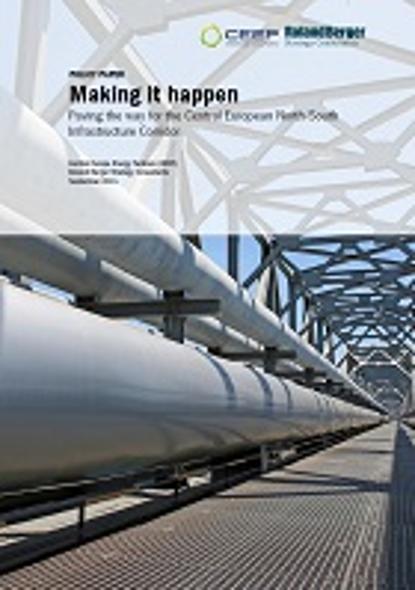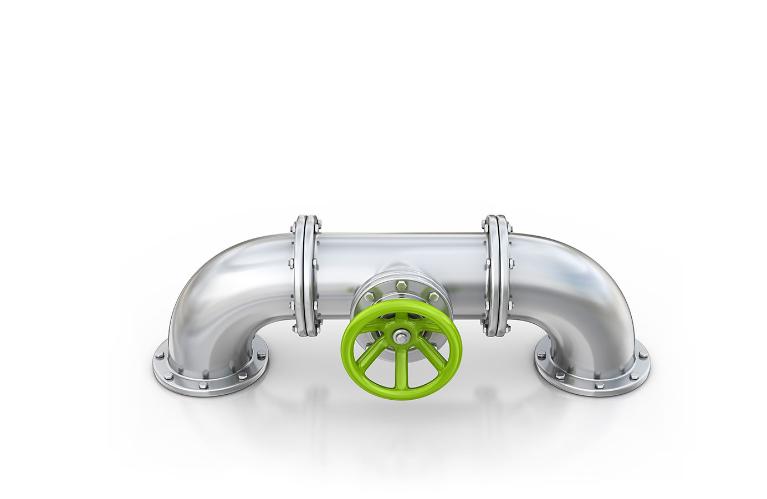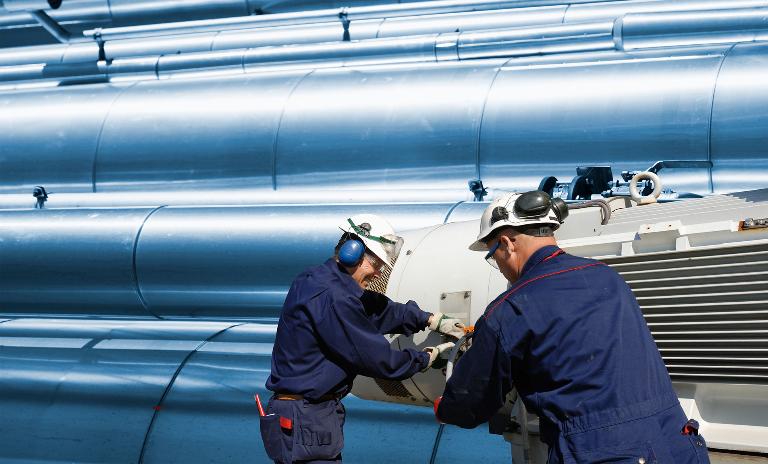Making it happen
![{[downloads[language].preview]}](https://www.rolandberger.com/publications/publication_image/rb_makingit_download_preview.jpg)
The Central European North-South Infrastructure Corridor


Infrastructure is key to securing European competitiveness, and the Central European North-South Infrastructure Corridor stands as a key enabler in the completion of the European integration process and the future of the EU. Comprised of interrelated gas, electricity, and oil transmission infrastructure projects which connect Central and Eastern European markets from the Baltic Sea to the Mediterranean and the Black Sea, the Corridor seeks to overcome historically rooted East-West biases in cross-border transmission systems by implementing North-South connections and increasing the density, robustness, and competitiveness of overall networks. Energy security, of course, is at the top of the political agenda, and many ambitious plans have been discussed in Europe's policymaking circles—with many having little chance of ever becoming a reality. What can be done to ensure that this important project becomes more than just talk?
In this publication, we walk through the rationale behind the Corridor and reaffirm the sound political reasoning that underlies it. We take an analytical look at selected specific energy transmission projects that form the Corridor’s backbone, including crude oil, natural gas, and electricity lines and assess the implementation of additional high-voltage transmission lines to connect the energy island of the Baltic States via Poland with other countries, and major oil pipeline projects in the region. In order to clearly show how critical parts of the Corridor can be financed and eventually implemented, our exclusive report reviews technical and financial project characteristics as well as the merits of their underlying business cases.
A close look at Central Europe reveals a set of common challenges, but also opens up a dialogue of common goals. We believe that tackling political, regulatory, and financial roadblocks in an integrated manner can pave the way for the Corridor and the realization of those objectives. By establishing regional co-ordination platforms, prioritizing the Corridor in European energy policy, keeping a dialogue going with regulators and lawmakers, and keeping a piece-by-piece perspective, we could see significant progress by the end of the decade—and completion within the next ten to fifteen years.

![{[downloads[language].preview]}](https://www.rolandberger.com/publications/publication_image/rb_makingit_download_preview.jpg)
The Central European North-South Infrastructure Corridor

